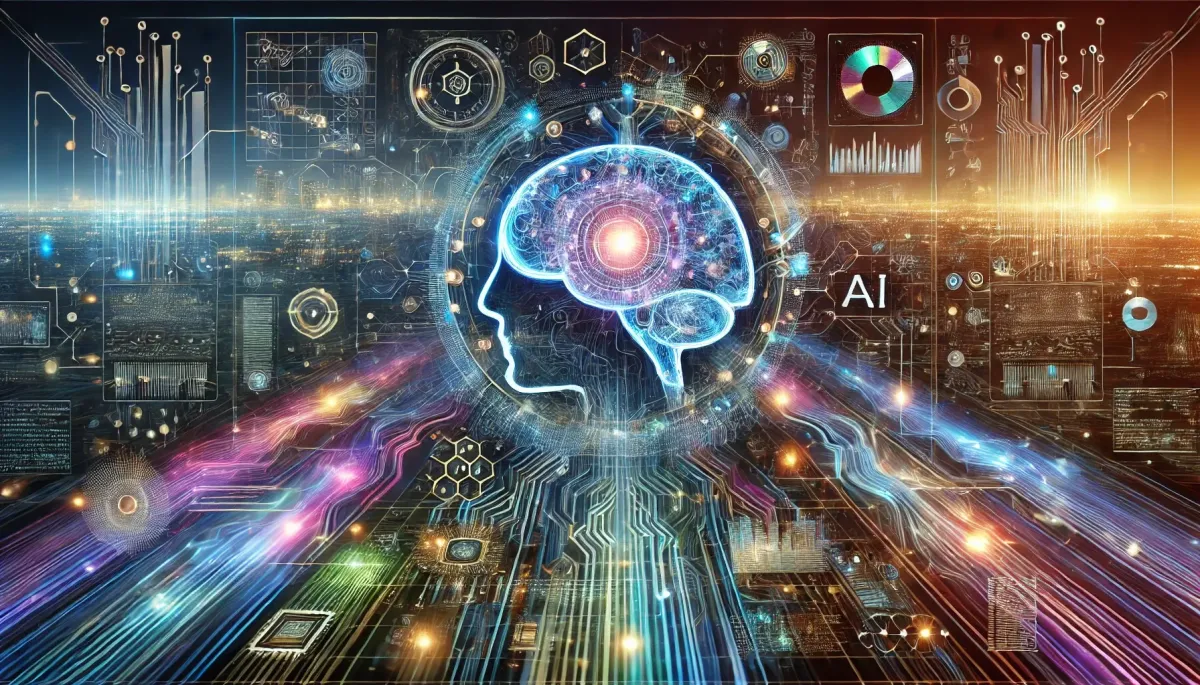
Comprehensive Insights into the Latest Developments in Generative AI (September 2024)
Introduction
Generative AI has rapidly evolved over the past few years, capturing the attention of businesses, researchers, and technologists alike. As of September 2024, the landscape of generative AI is marked by significant developments, challenges, and emerging trends. This report delves into the latest research findings, tools, and major announcements from key players in the field, providing a comprehensive overview of the current state of generative AI.
Historical Context
Generative AI refers to algorithms that can generate new content, including text, images, audio, and video, based on training data. The technology gained momentum with the advent of models like OpenAI's GPT-3 and DALL-E, which showcased the potential of AI to create human-like text and generate images from textual descriptions. However, the initial hype surrounding generative AI has led to a mixed bag of outcomes, with many organizations struggling to realize the promised benefits.
Key Developments and Current Trends
High Abandonment Rates of Generative AI Projects According to a recent report by Gartner, approximately one-third of generative AI projects are expected to be abandoned. Companies are "struggling" to find value in the generative AI initiatives they have undertaken. Rita Sallam, a distinguished analyst at Gartner, noted that "executives are impatient to see returns on Gen AI investments," and as the scope of initiatives widens, the financial burden of developing and deploying these models becomes increasingly apparent (Ray, 2024).
Challenges in Moving to Production A survey conducted by Deloitte revealed that 70% of organizations have moved only 30% or fewer of their generative AI experiments into production. This lack of progress contrasts sharply with the increasing interest and investment in the technology. Jim Rowan, the lead author of the report, emphasized that while many organizations are ramping up their generative AI efforts, they are struggling to transition from experimentation to practical application (Ray, 2024).
Emergence of Multimodal Solutions Gartner has forecasted that by 2027, 40% of generative AI solutions will be multimodal, integrating text, image, audio, and video capabilities. This marks a significant increase from the current 1% of multimodal solutions. Erick Brethenoux, a distinguished VP analyst at Gartner, explained that multimodal models can capture relationships between different data streams, enhancing the capabilities of generative AI across various applications (Salmon, 2024).
OpenAI's Upcoming GPT-Next Model OpenAI is set to launch a new AI model, GPT-Next, by the end of 2024, promising a 100-fold increase in power over GPT-4 without significantly higher computing demands. This model, codenamed "Strawberry," incorporates "System 2 thinking," allowing for deliberate reasoning rather than mere token prediction. Additionally, GPT-Next will generate high-quality synthetic training data, addressing a key challenge in AI development (Msmash, 2024).
Trends Towards Open-Source Models The future of AI is leaning towards open and accessible models. While most current models are closed source, companies like Meta are pushing for a shift towards open-source models. This trend is expected to democratize access to advanced AI technologies and foster innovation across various sectors (Penchikala et al., 2024).
The Rise of Retrieval-Augmented Generation (RAG) As organizations seek to maximize the utility of large language models (LLMs), Retrieval-Augmented Generation (RAG) is becoming increasingly important. This approach combines the generative capabilities of LLMs with retrieval systems to enhance the relevance and accuracy of generated content, making it particularly valuable for scalable applications (Penchikala et al., 2024).
AI-Powered Hardware Innovations The demand for AI capabilities is driving advancements in hardware, particularly AI-enabled GPU infrastructure and AI-powered PCs. These innovations are essential for supporting the computational needs of generative AI models, enabling organizations to deploy more sophisticated applications (Penchikala et al., 2024).
Unique Perspectives and Actionable Insights
Focus on Value Realization: Organizations must prioritize understanding the specific business problems they aim to solve with generative AI. This involves setting clear objectives and metrics for success to avoid the pitfalls of abandonment.
Investment in Training and Resources: To facilitate the transition from experimentation to production, companies should invest in training their teams on generative AI technologies and best practices. This includes fostering a culture of innovation and experimentation while providing the necessary resources to support these initiatives.
Adopting Multimodal Approaches: As the market shifts towards multimodal generative AI solutions, businesses should explore how these technologies can enhance their operations. This could involve integrating various data types to create more comprehensive and effective AI applications.
Conclusion
The landscape of generative AI is evolving rapidly, with significant challenges and opportunities on the horizon. As organizations navigate the complexities of implementing generative AI, understanding the current trends and leveraging multimodal capabilities will be crucial for success. By focusing on value realization and investing in the right resources, businesses can harness the full potential of generative AI to drive innovation and growth.
Sources
Ray, T. (2024). A third of all generative AI projects will be abandoned, says Gartner. ZDNet. Retrieved from ZDNet
Penchikala, S., Gu, M., Oberst, N., Meertens, R., Alford, A., & Dominguez, D. (2024). InfoQ AI, ML and Data Engineering Trends Report - September 2024. InfoQ. Retrieved from InfoQ
Msmash. (2024). OpenAI Japan Exec Teases 'GPT-Next'. Slashdot. Retrieved from Slashdot
